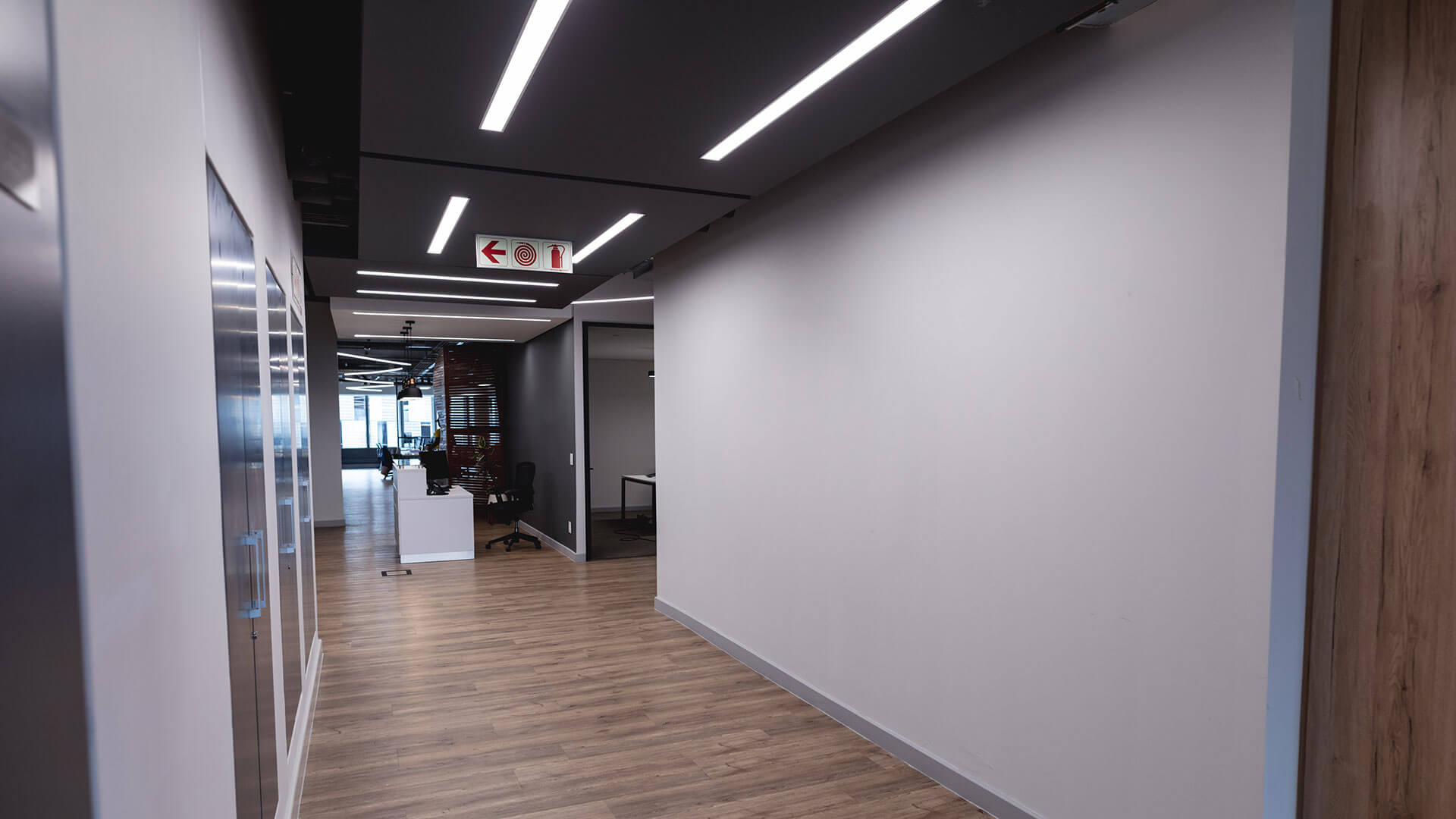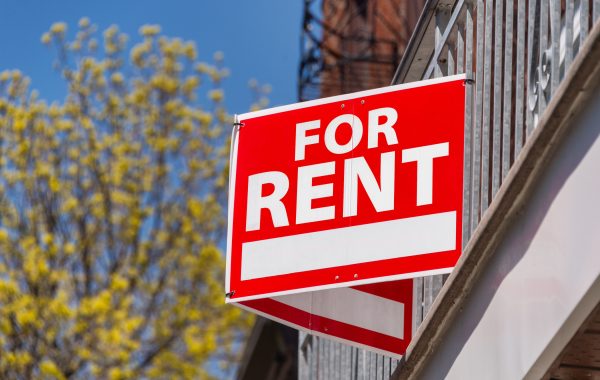
Using Your HVAC To Improve IAQ & Employee Comfort
When you work to improve your HVAC, what you’re really doing is working to improve the comfortability and health of your employees.
Poor HVAC management can impact your employees in a variety of ways.
If you struggle to maintain your equipment, it could result in an uncomfortable indoor environment — which can lead to employee complaints and a decrease in employee productivity. And if your HVAC equipment struggles to maintain a good IAQ (indoor air quality), it could result in heightened risks — such as virus transmission, seasonal allergies, and more.
To help you better understand this, let’s dig into what can impact IAQ and indoor comfortability.
What impacts IAQ?
There are many different factors that can negatively impact your building’s indoor air quality. But fortunately, with the right equipment and measures put in place, you can control the level at which these factors impact your environment.
Let’s break this down a bit more.
- The Outside Air: It’s only natural to assume that allowing outside air to flow into your building is a good thing. But that’s not always the case. While “fresh” air is naturally brought inside via doors and windows, your HVAC system also brings in outside air. It’s important to set up your HVAC properly, so you’re not bringing in too much outside air and overloading your equipment in the process. You should shoot for a level between 10% and 20%.
- Your Filtration Method: Another thing many people assume is that a higher filtration method is better. But again, this isn’t always the case. MERV 13 is currently recommended by the CDC and ASHRAE to capture smaller particles in the air; however, every system is not capable of handling this higher level of filtration. If you utilize a MERV 13 filter on the wrong system, you could end up damaging components. Instead, MERV 7-10 may be better suited for your system — while still providing a good level of filtration. You can always use additional methods of sanitization to make up for the lower-rated filter.
- Your Sanitization Technology: If you have outdated (or no) method put in place to sanitize your indoor environment, then you’re likely working around small particles that reduce your IAQ. It’s important to work with a licensed HVAC contractor who can educate you on modern sanitization technologies (such as NPBI) that are capable of targeting and capturing smaller particles in the air.
What impacts employee comfort?
Obviously, a poor indoor air quality can negatively impact your employees. It can lead to a higher transmission of viruses, as well as promote an environment that’s well-suited for allergies. This can result in decreased productivity and an increase in sick days.
Aside from IAQ, however, there are many other factors stemming from your HVAC’s performance that can negatively impact your employees. Let’s take a look at some of those factors now.
- Reliability: If your HVAC struggles to work consistently, then you stand the risk of it breaking down during peak hours. This could create big productivity issues for your company, especially if these breakdowns occur during very cold or hot days.
- Controls: It’s important to make sure your equipment is on the correct “schedule.” Does your equipment turn on and off at the right times? If not, your employees might be subjected to a very hot and stuffy working environment. While it may only take a little while for the environment to get to a comfortable working temperature, all of your employees will be a little (or a lot) less productive during that time period.
- Air Flow: Too much or too little air flow can also impact indoor comfortability levels. Air flow can be hampered by windows, furniture, office equipment, and more. Adjustments can vary from one building to the next, but often involve a simple damper adjustment or duct modification. Either way, it’s best to speak with a licensed HVAC contractor, so they can educate you on the best solutions for your unique needs.
- Hot & Cold Spots: Even if your equipment is working properly, there may be sections of your building that suffer from hot or cold spots. If your employees work near these areas for extended periods of time, it can become problematic.
Do you need help improving your indoor environment?
Air quality and employee comfort can have huge and lasting impacts on your business. In fact, according to the National Energy Management Institute, the cost of low employee productivity due to comfort and air quality issues is 1.5-3% of annual payroll costs.
While there is no such thing as a perfect building with 0% lost productivity, there are many steps you can take to get your indoor environment to a healthy and comfortable level. And at BMI Mechanical, we’ve spent the last several decades helping our clients do just that.
To learn more about these steps, please give us a call or send us a message. We’d love to talk.




